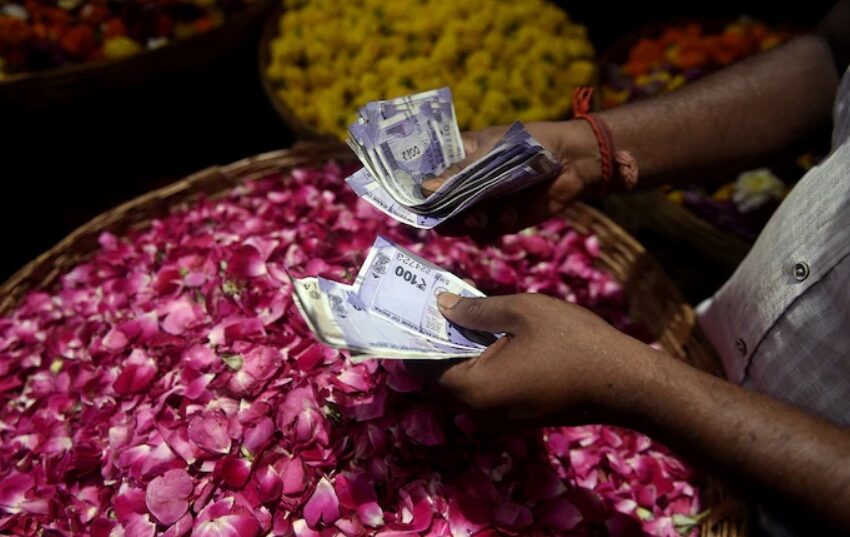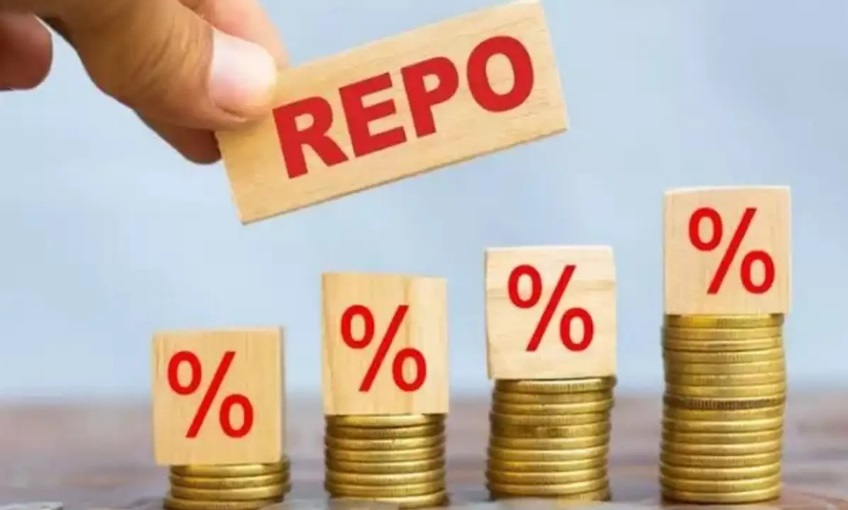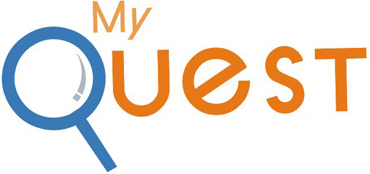
Economists Predict Lower Inflation and Interest Rates: MC Poll
The median of 15 estimates puts CPI inflation at 3.8 percent for FY26. If the RBI cuts rates by 50 basis points, the repo rate would fall to 5.5 percent from the current 6 percent. The RBI’s MPC is scheduled to meet next on June 4-6.
After April’s consumer price index (CPI) inflation dropped to a 68-month low of 3.16 percent, economists have lowered their full-year forecast for FY26 and now expect inflation to average below 4 percent. As a result, most of them believe the Reserve Bank of India’s (RBI) Monetary Policy Committee (MPC) should cut the repo rate by at least 50 basis points this year, according to a Money control Poll.
The median of 15 estimates puts CPI inflation at 3.8 percent for FY26. If the RBI cuts rates by 50 basis points, the repo rate would fall to 5.5 percent from the current 6 percent. The RBI’s MPC is scheduled to meet next on June 4-6.
Economists say the sharper-than-expected drop in food prices and reduced uncertainty on the trade front are likely to keep inflation under control. This, they say, supports continuing with rate cuts to bring the real interest rate down to the 1.25–1.5 percent range.
“We expect that in the first quarter of FY26, CPI inflation would be closer to 3.4 percent, and for the year as a whole, it may be in the range of 3.5-4.0 percent,” said DK Srivastava, Chief Policy Advisor, EY India. “This augurs well for a continuation of the policy rate reduction cycle in FY26. We expect that by the end of calendar year 2025, the repo rate may be brought down to 5.25 percent,” he added.
If the repo rate is cut down to 5.25-5 percent, the real rate of interest in the current financial year would be in the range of 1.25-1.5 percent, which is appropriate to stimulate economic growth, say economists. The real rate of interest, the difference between repo rate and the headline inflation rate, is seen as an equilibrium rate where growth is close to potential, alongside stable inflation. RBI, in July 2024, had estimated the real rate of interest to be in the range of 1.4-1.9 percent.
“Historically, the RBI has estimated the real rate of interest in the range of 1.1 to 1.9 percent. So, if the central bank wants to keep the monetary policy accommodative, the real rate would have to be slightly less than 1.5 percent,” said Dhiraj Nim, economist, ANZ Bank.
Vivek Kumar, economist, Quant Eco Research, says the extent of food price correction in April may even prompt the RBI to revise its inflation forecast for the full year. The RBI in April had projected CPI inflation at 4 percent.
The only likely upside risk to headline rate is from core inflation, the sub-segment of CPI which excludes food and fuel components.

In April, core inflation stood at 4.1 percent, the same as in March (which was the highest print in 18 months). That said, this is due to one-off factors such as high gold prices, which rose 31 percent year-on-year in April.
Sakshi Gupta, principal economist, HDFC Bank, said: “Spike in core inflation is largely due to an unfavourable base effect and some seasonal factors. Housing typically tends to show higher inflation in Q1. But we don’t see core inflation going above 4.5 percent in the near-term.” In FY25, core inflation averaged 3.5 percent, and in Q4FY25, it was at 3.9 percent.
“If you see a generalised increase in prices in certain commodities, or in fuel, it indirectly feeds into core inflation. But there’s no risk as such for now,” Gupta added.
Some economists also told Moneycontrol that any possible risk to inflation from the India-Pakistan conflict, if escalated, seems limited. “The ceasefire is in place right now, but if it escalates, the risk could be from hoarding of essential commodities,” Aditya Vyas, chief economist, STCI Primary Dealership, said.
On May 9, Moneycontrol had reported that the Department of Consumer Affairs (DoCA) has written to the chief secretaries of all states to ensure that there is no hoarding or black marketing of essential commodities. The letter sent to the states says that the prices of pulses, wheat, rice, vegetables, edible and other ‘essential commodities’ should be monitored.
Vivek Iyer, partner, Grant Thornton Bharat said that the demand is expected to be subdued Q1 FY26 though we expect bilateral trade deals to drive up investment and consumption in India by the Q2 FY26, and hence we expect a rate cut of another 25 basis points at least to provide the needed demand impetus in the wake of some pending trade discussions with the US.
Deloitte’s Chief Economist, Rumki Majumdar, said that a 50 bps cut could be a big leap before the monsoon, which could be a risk. “Food prices depend a lot on the consistency of rains, so the RBI may want to wait and watch the movement in food prices before loosening the monetary policy over the next one quarter,” she added.


